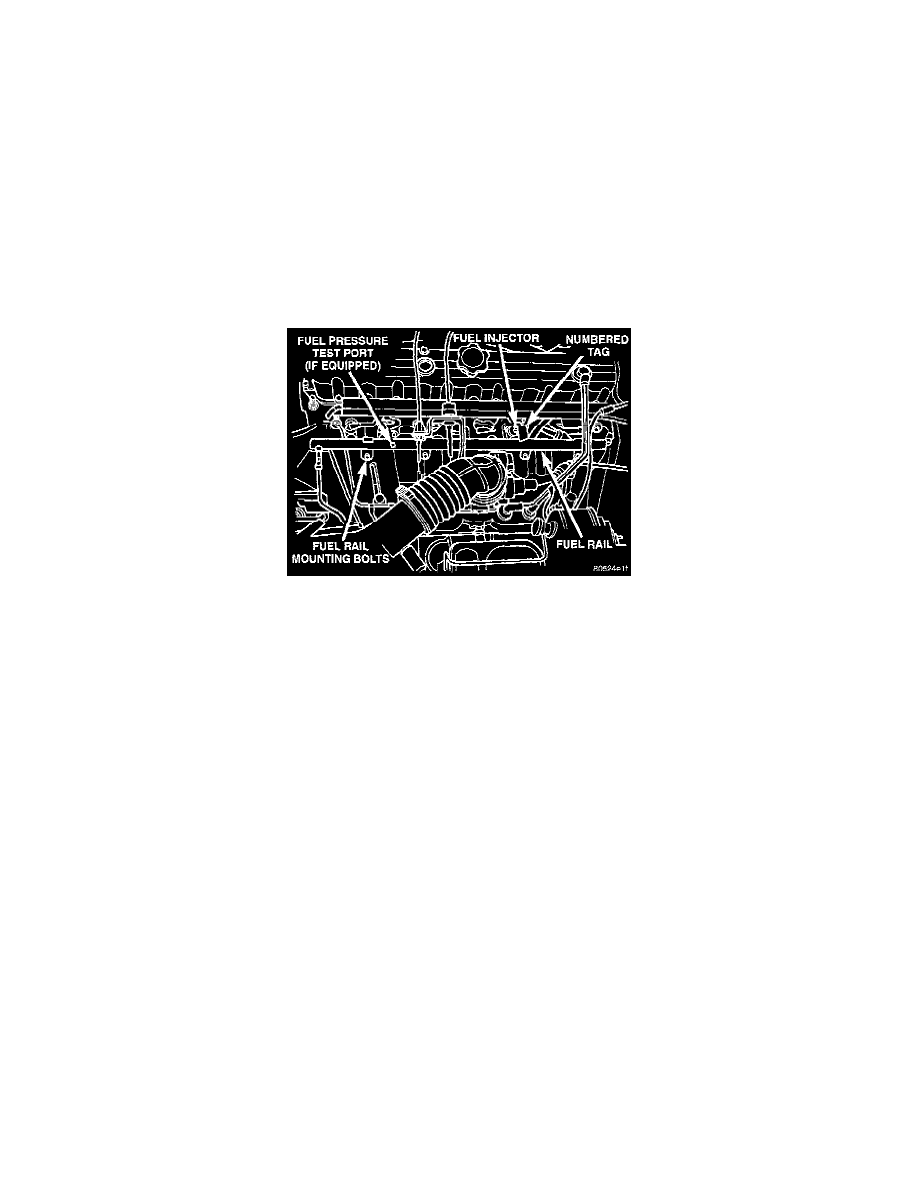Wrangler 4WD L4-150 2.5L VIN P MFI (1998)

sensors to determine injector pulse width and ignition timing. As coolant temperature varies, the coolant temperature senses 5 resistance changes.
The change in resistance results in a different input voltage to the PCM.
When the engine is cold, the PCM will operate in Open Loop cycle. It will demand slightly richer air/fuel mixtures and higher idle speeds. This is
done until normal operating temperatures are reached.
CIRCUIT OPERATION
The engine coolant temperature sensor provides an input to the Powertrain Control Module (PCM) on circuit K2. From circuit K2, the engine
coolant temperature sensor draws up to 5 Volts from the PCM. The sensor is a variable resistor. As coolant temperature changes, the resistance in
the sensor changes, causing a change in current draw. The K2 circuit connects to cavity A16 of the PCM.
The PCM provides a ground for the engine coolant temperature sensor signal (circuit K2) through circuit K167. Circuit K167 connects to cavity
A4 of the PCM connector.
Fuel Injectors-PCM Output
FUEL INJECTORS-PCM OUTPUT
Fig. 11 Fuel Injectors-Typical 4.0L Shown
Four individual fuel injectors are used with this engine. The injectors are attached to the fuel rail (Fig. 11).
The nozzle ends of the injectors are positioned into openings in the intake manifold just above the intake valve ports of the cylinder head. The
engine wiring harness connector for each fuel injector is equipped with an attached numerical tag (INJ 1, INJ 2 etc.). This is used to identify each
fuel injector.
The injectors are energized individually in a sequential order by the Powertrain Control Module (PCM). The PCM will adjust injector pulse width
by switching the ground path to each individual injector on and off. Injector pulse width is the period of time that the injector is energized. The
PCM will adjust injector pulse width based on various inputs it receives.
During start up, battery voltage is supplied to the injectors through the Automatic Shutdown (ASD) relay. When the engine is operating, voltage is
supplied by the charging system. The PCM determines injector pulse width based on various inputs.
Fuel Level Sensor-PCM Input
The Powertrain Control Module (PCM) sends a 5 volt signal to the fuel level sensor (fuel gauge sending unit). The fuel level sensor will then return a
signal to the PCM to indicate fuel level. The purpose of this feature is to prevent a false setting of misfire and fuel system monitor trouble codes. This is
if the fuel level is less than approximately 15 percent, or, if equipped with a Leak Detection Pump (LDP), more than approximately 85 percent of its
rated capacity. This input is also used to send a signal to the PCM for fuel gauge operation via the CCD bus circuits.
Fuel Pump Relay-PCM Output
